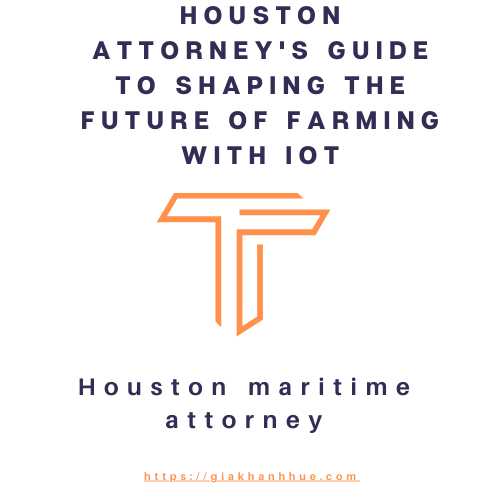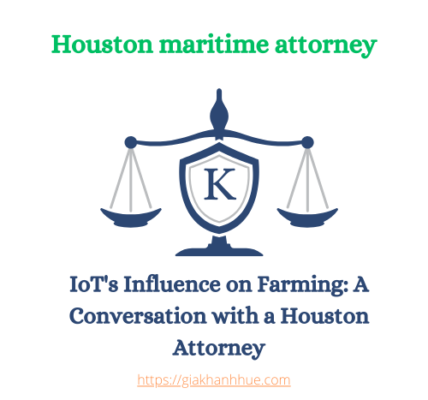In the vibrant city of Houston, known for its dynamic blend of technology and tradition, a leading attorney has been making waves with insightful guidance on integrating the Internet of Things (IoT) into the agricultural sector. This article delves into the legal and practical aspects of IoT in farming, providing a roadmap for those at the forefront of this revolutionary change.
Embracing IoT: A Legal and Technological Revolution
The journey begins with understanding what IoT is and how it’s transforming the farming landscape. Our Houston attorney explains, “IoT involves a network of devices that communicate and collect data. In farming, this means sensors and drones monitoring everything from soil moisture to crop health.” This technology enables farmers to make precise, data-driven decisions, boosting productivity and sustainability.
Navigating the Legal Terrain
With innovation comes the need for legal navigation. The attorney highlights the importance of understanding the regulatory environment surrounding IoT. “Farmers and technologists must be aware of laws related to data privacy, usage, and security. It’s about protecting both the farmer’s interests and consumer rights,” he states. The guide emphasizes the role of attorneys in helping stakeholders navigate these complexities, ensuring a smooth transition into smart farming.
Real-World Applications and Success Stories
The article doesn’t just talk theory; it showcases real-world examples of IoT’s impact on farming in and around Houston. From small family-run farms using sensors to optimize irrigation to large agribusinesses employing drones for crop surveillance, the stories illustrate the tangible benefits of IoT. These narratives underscore the efficiency gains, cost savings, and environmental benefits that smart farming brings.
Preparing for the Future
Looking ahead, the Houston attorney discusses the future of farming with IoT. “The potential is enormous. We’re looking at a future where farms operate with precision, minimal waste, and increased harmony with the environment,” he predicts. However, he also cautions about future challenges, including the need for ongoing legal and technological adaptation.
A Call to Action
The guide concludes with a call to action for farmers, technologists, policymakers, and legal professionals. “To realize the full potential of IoT in farming, it requires collaboration and continuous learning,” the attorney urges. He invites stakeholders to engage in dialogue, participate in policy-making, and invest in education and infrastructure to support this transformative journey.
Conclusion
“Houston Attorney’s Guide to Shaping the Future of Farming with IoT” serves as a beacon for those navigating the intersection of technology, law, and agriculture. It offers a comprehensive look at the opportunities and challenges of IoT in farming, providing a visionary yet practical roadmap for a future where technology and tradition converge for the greater good of agriculture and society.

